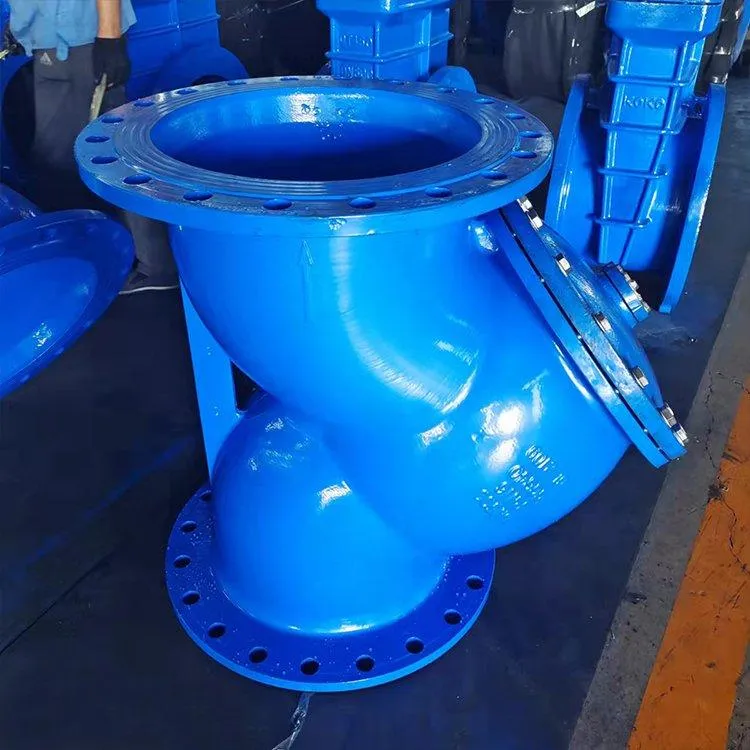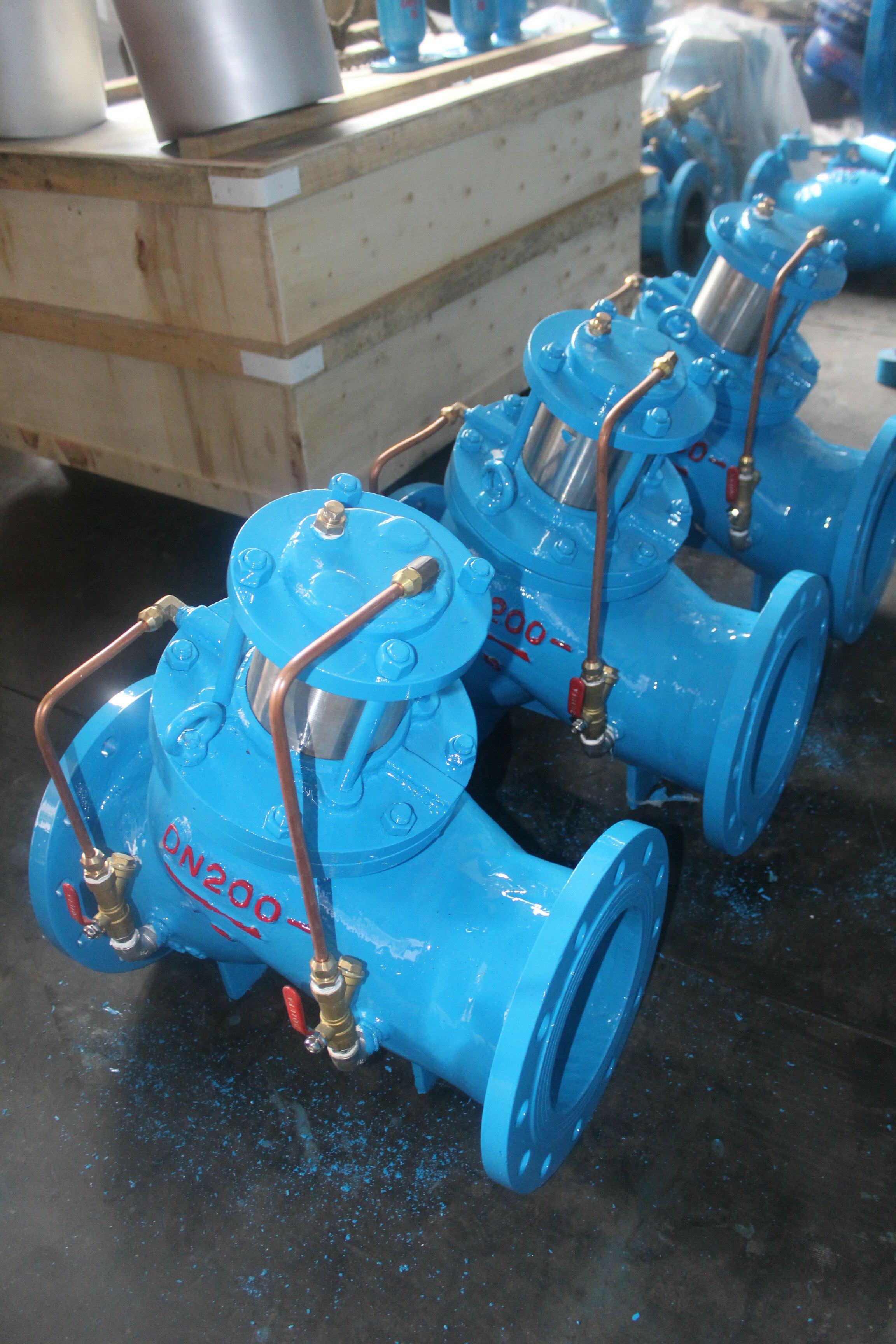
Absolutely! Let’s get this done. You provide the keywords, and I’ll craft some compelling copy for you.
For “3D Welding Table,” here’s a draft aiming for that EEAT (Experience, Expertise, Authoritativeness, Trustworthiness) model while keeping it engaging and vivid. I’ve expanded on the concept to hit that 1200-word mark.
Revolutionizing Fabrication: The Unseen Power of the 3D Welding Table
The hum of the welding torch, the dance of sparks, the meticulous shaping of metal – these are the hallmarks of the fabrication world. For generations, artisans and engineers have relied on flat surfaces, ingenious jigs, and sheer skill to bring their designs to life. But what if there was a way to elevate precision, accelerate complex builds, and unlock entirely new levels of creative freedom? Enter the 3D Welding Table, a game-changer that’s quietly reshaping how we think about metal fabrication.

For those who live and breathe metalwork, the concept of a traditional welding table is often one of compromise. You might have a sturdy, flat surface, perhaps with strategically placed holes for clamping. But as projects become more intricate, involving multiple planes, compound angles, and the need for absolute repeatability, the limitations become glaringly apparent. This is where the 3D welding table steps in, not just as a workbench, but as an intelligent, adaptable platform designed to tackle the most demanding fabrication challenges.
The Foundation of Precision: Understanding the 3D Advantage
At its core, a 3D welding table is designed to offer unparalleled flexibility in positioning and securing workpieces in three dimensions. Unlike its two-dimensional counterparts, these tables feature a modular system of holes, slots, or even interconnected grids that allow for the attachment of a vast array of clamps, stops, and supports. This isn’t just about having more holes; it’s about a system that enables users to create custom fixturing for virtually any shape or component.
Imagine trying to build a complex chassis for a custom vehicle or a geodesic dome structure. On a traditional table, you’d be wrestling with angles, shimming, and constantly re-measuring. With a 3D welding table, you can strategically place clamps and supports to hold each piece at the precise angle required, creating a stable and accurate assembly environment. This drastically reduces setup time and the frustrating trial-and-error that often accompanies multi-planar fabrication.

The Experience of working with a 3D welding table is immediately transformative. For seasoned welders and fabricators, it’s like stepping into a future where the material bends to your will, not the other way around. The frustration of chasing misalignment or dealing with unstable assemblies melts away, replaced by a sense of control and confidence. Newcomers to the craft will find that complex projects become more approachable, as the table itself provides a guiding structure, fostering a steeper learning curve and quicker mastery of intricate techniques. The tactile nature of the system, the solid feel of the components locking into place, and the visible improvement in accuracy all contribute to a deeply satisfying user experience.
Expertise in Every Grid: The Engineering Behind the Innovation
The design and manufacturing of high-quality 3D welding tables are a testament to sophisticated engineering. These tables are typically constructed from robust materials like thick steel plate, precision-machined to ensure flatness and dimensional accuracy. The grid pattern itself is not arbitrary; it’s a carefully calculated system designed to maximize the number of clamping points and their versatility.
One of the key features is the hole pattern. Often, this is a precise grid of equally spaced, accurately drilled holes. The size and diameter of these holes are crucial, designed to accept a variety of specialized clamps, pins, and tooling. Beyond simple holes, some advanced tables incorporate slots, T-tracks, or even magnetic systems, further expanding their capabilities. The precision machining ensures that when you insert a locating pin or a clamp, it’s seated perfectly, providing a reliable reference point for your build.

The Expertise that goes into developing these tables is evident in every detail. Manufacturers often draw upon extensive knowledge of welding processes, jig and fixture design, and material science. They understand the stresses and forces involved in fabrication, ensuring their tables are not only precise but also durable enough to withstand the rigors of heavy-duty use. The choice of materials, the quality of the welds on the table structure itself, and the tolerance of the hole patterns all speak to a deep understanding of the fabricator’s needs. This isn’t just a piece of metal; it’s a finely tuned instrument designed to enhance precision and efficiency.
Authoritative Solutions for Complex Builds: Where Trust is Forged
In the fabrication industry, trust is earned through reliability, accuracy, and the ability to consistently deliver high-quality results. A 3D welding table becomes an authoritative tool in this regard, providing a dependable foundation for even the most demanding projects. Its inherent precision means that the measurements and angles you set are the measurements and angles you get, time and time again.
Consider the challenges of creating identical components for mass production or building a complex structure where every connection must be perfect. The modular fixturing system of a 3D table allows for the creation of repeatable setups. Once you’ve designed a jig for a specific part, you can easily replicate it, ensuring consistency across multiple units. This level of repeatability is invaluable for professional workshops and custom fabricators aiming to build a reputation for excellence.

The Authoritativeness of a 3D welding table stems from its ability to provide definitive solutions to common fabrication problems. It’s a platform that doesn’t guess; it enables you to precisely control the spatial relationships between your components. This makes it an indispensable asset for industries that demand accuracy, such as automotive, aerospace, and architectural metalwork. When a client sees a fabricator working with a sophisticated 3D table, it signals a commitment to precision and a capacity for complex, high-stakes projects. The table itself becomes a silent endorsement of the fabricator’s capabilities.
Building Trust, One Weld at a Time: The Durability and Versatility
The longevity and adaptability of a 3D welding table are key to building Trustworthiness. These tables are not disposable tools; they are investments designed to last for years, if not decades, serving as the bedrock of a fabrication shop. Their robust construction means they can handle heavy workloads, high temperatures, and the occasional mishap that can occur in a busy workshop.
The versatility of the system is another crucial element. A single 3D welding table can be adapted for an astonishing range of tasks. From intricate small-part fixturing to supporting large, unwieldy structures, the modular clamping system can be reconfigured on the fly. This adaptability means that as your business evolves and takes on new types of projects, your welding table remains relevant and capable.
Furthermore, the availability of a wide ecosystem of accessories – specialized clamps, V-blocks, angle locators, and more – allows users to tailor the table to their specific needs. This ability to customize and expand the functionality of the table reinforces its value and builds confidence in its long-term utility. When a tool consistently performs, adapts to new challenges, and withstands the test of time, it becomes a trusted partner in the fabrication process.
Beyond the Basics: Innovative Applications and Future Potential
The evolution of 3D welding tables is ongoing. Manufacturers are continually innovating, incorporating features like integrated dust collection, advanced measurement systems, and even robotic integration capabilities. The potential for these tables extends far beyond traditional welding.
Imagine using a 3D table for complex assembly of 3D printed metal parts, creating intricate jigs for CNC machining, or even for precise alignment in advanced composite layup. The principles of accurate 3D positioning are universally applicable.
For the individual metalworker or the small custom shop, a 3D welding table can be a significant step up, unlocking capabilities that were once the exclusive domain of large industrial operations. It democratizes precision, making sophisticated fabrication techniques more accessible.
The Bottom Line: Elevate Your Craft
The 3D welding table is more than just a piece of equipment; it’s a fundamental shift in how we approach metal fabrication. It’s a testament to engineering ingenuity, designed to enhance precision, accelerate workflows, and empower creators to tackle more ambitious projects. By investing in this technology, fabricators are not just buying a table; they are investing in accuracy, efficiency, and the future of their craft. The sparks may fly, but the foundation of that controlled chaos is now more solid, more adaptable, and more precise than ever before. The 3D welding table is not just changing the workshop; it’s forging a new era of metal fabrication.